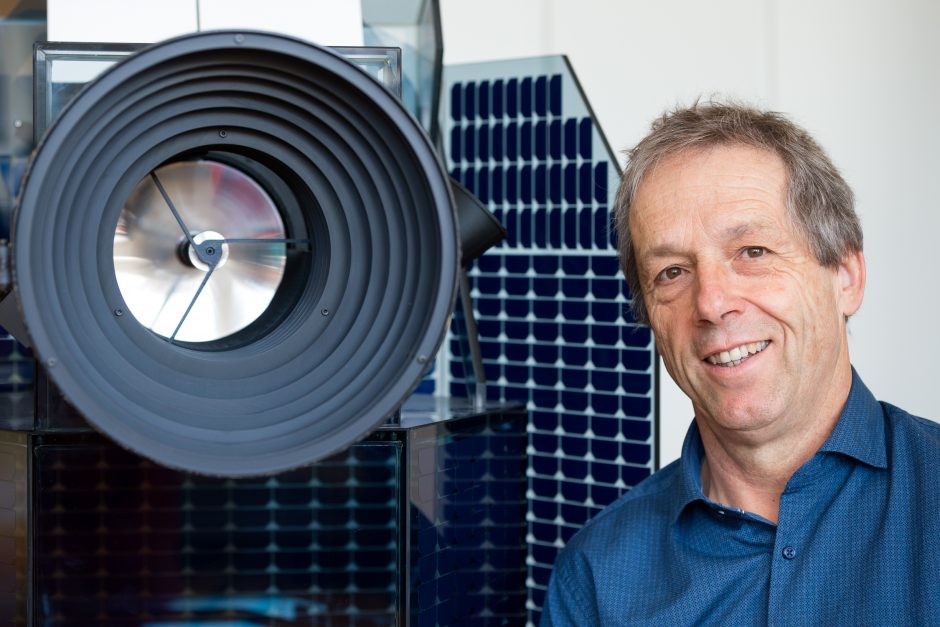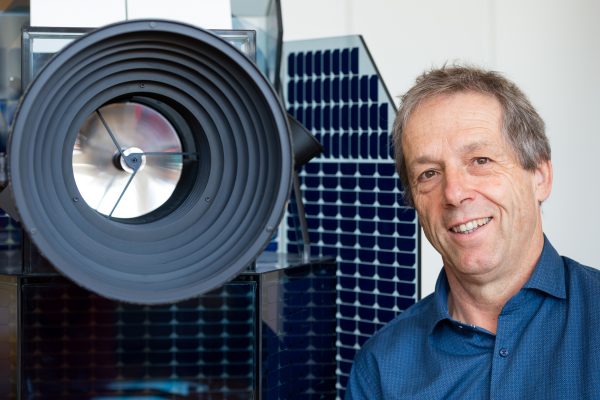Editorial

Dear Reader,
One year in space, more than 5300 Earth orbits completed corresponding to more than 236 million kilometers travelled, and over 439’000 superb images downlinked. All things considered, CHEOPS had a very good year in space compared to what happened to us on the ground. Of course, we had our moments of stress before the opening of the telescope cover and the arrival of the first images or when we had to maneuver to avoid space debris. However nothing comparable to the uncertainties and the difficulties associated with the pandemic here on the ground. Everything could be controlled from home office and science data are accumulating revealing among other some astonishing planetary systems such as TOI-178 which we report on in this edition of the Observer.

NCCR PlanetS director Willy Benz with a CHEOPS mock-up. (Photo Alessandro Della Bella)
While exoplanet science is very much observationally driven as illustrated by the detection and study of the TRAPPIST-1 worlds by multiple space- and ground-based telescopes, theory is essential to understand what data really tell us to get a sense of the bigger picture which includes the origin and evolution of the Solar System and in particular of the Earth. Finally, the methods developed in theoretical astrophysics can also be used in an attempt to better understand the spreading of the COVID-19 as explained in this Observer.
Who would have thought about all this just a year ago? It is just amazing how fast our routine can change. Perhaps, many of us are nostalgic about the good old times of one year ago… Patience, it seems that the vaccines might bring us back there soon! In the meantime, I hope the Observer will provide you with some interesting reading.
With my best wishes,

Willy Benz, director of the NCCR PlanetS.
Categories: External Newsletter
